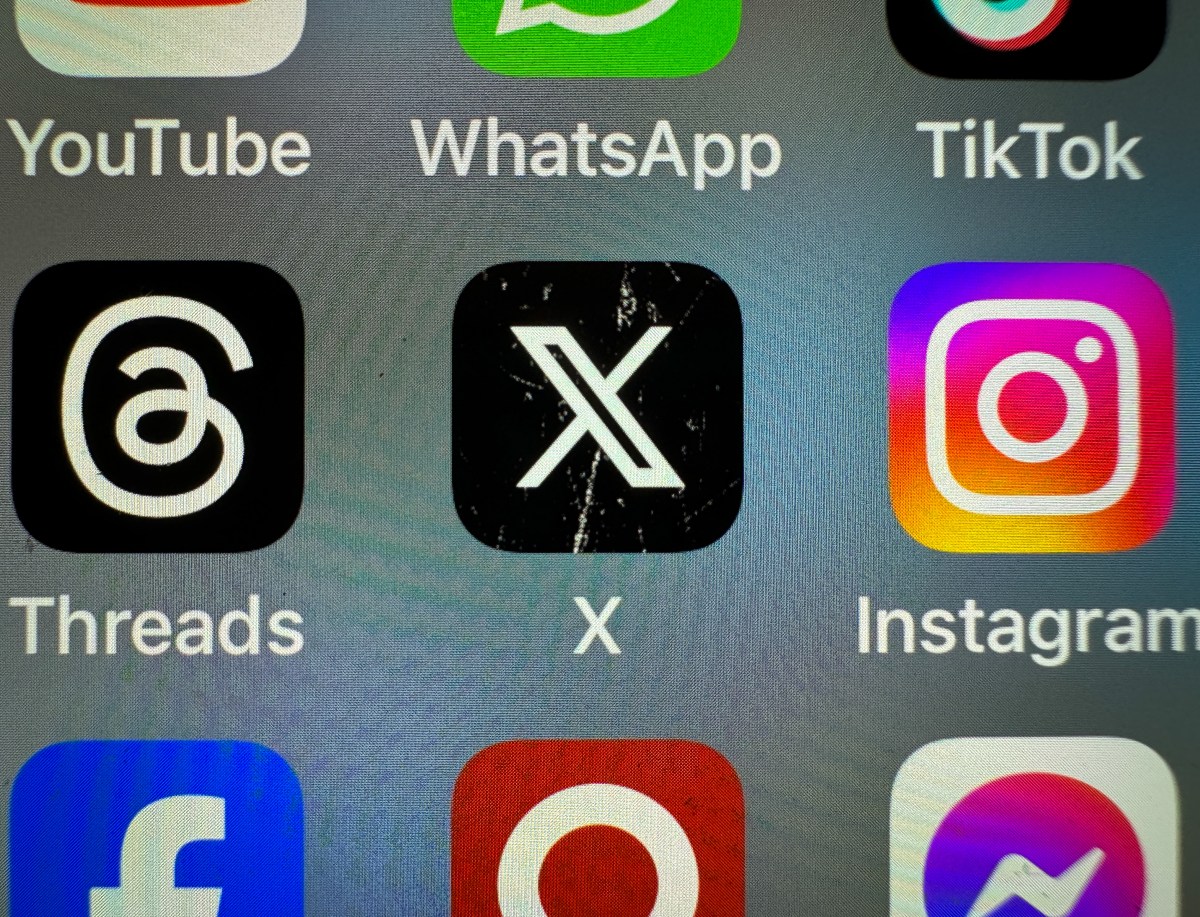X launched a Handle Marketplace that lets select paid subscribers browse request and sometimes buy inactive usernames. Rare handles can cost from about $2,500 to over $1,000,000. Ownership is tied to subscription status creating new revenue and subscription based username ownership concerns.

X, formerly Twitter, announced on October 20 2025 a Handle Marketplace that lets select paid subscribers browse request and in some cases buy inactive usernames. The move monetizes dormant handles and ties ownership to subscription status turning a long standing user frustration into a new revenue stream in the emerging digital name real estate economy. Could selling scarce usernames change how brands and creators secure their digital identity and who gets access to premium handles?
A handle is the short unique username that appears after the at sign on social platforms. For brands and creators handles are part of a public identity and a discoverability signal. For years users have faced two persistent problems: inactive accounts that hold desirable names and account squatting where opportunistic actors hoard handles to sell later.
X says the new username marketplace provides a formal channel for reassigning inactive handles. The platform separates lower demand Priority handles which are often reallocated to eligible subscribers at no extra charge from high demand Rare handles that may be put up for sale. This design aims to reduce informal disputes and provide a predictable platform managed path to brand aligned usernames.
Although X did not confirm specific methods for pricing and verification the kind of system described is typical of a digital identity marketplace that uses automation and machine learning for matching supply to demand detecting impersonation risk and enforcing subscription linked policies. Automation and AI generated username tools can reduce friction but they also raise questions about fairness and transparency.
X's Handle Marketplace formalizes a long standing workaround for inactive usernames by introducing a paid subscription tied pathway to acquire them. The approach promises convenience and faster brand alignment but also concentrates scarce digital real estate behind paywalls and subscription requirements. As platforms automate marketplace operations businesses and regulators will need to weigh efficiency against fairness long term brand control and safety. Watch whether other platforms follow and how they balance monetization with protections for smaller creators and consumers.



